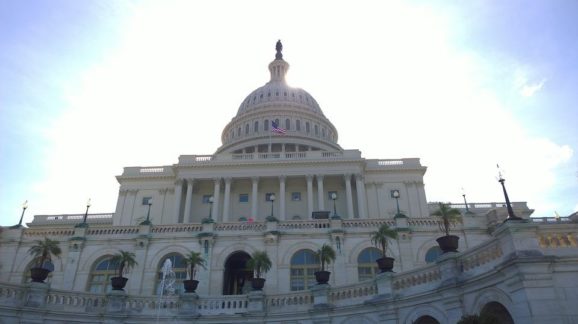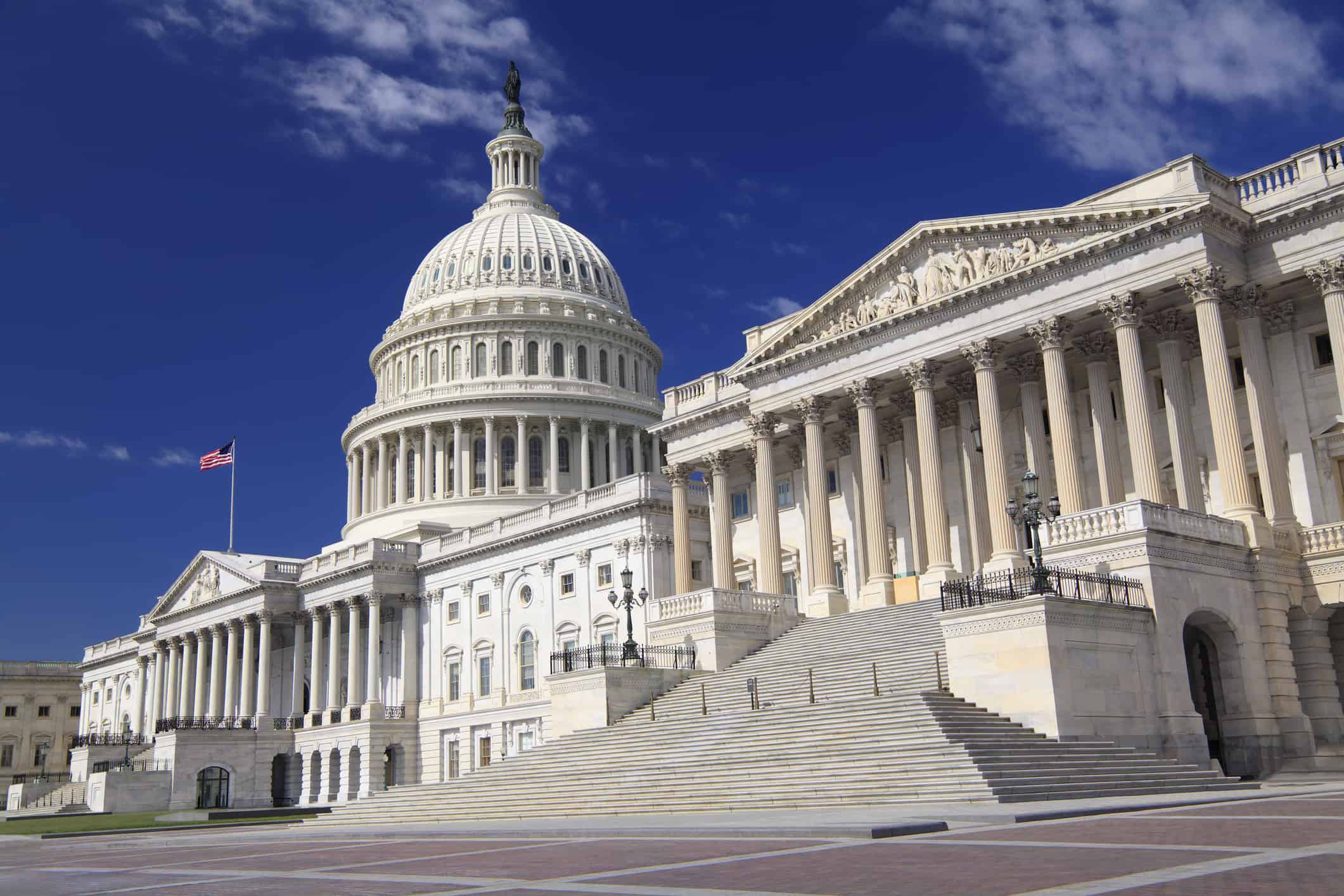EPA, Progressives Clash over Transparency Rule

 The House Science Committee held a hearing last week titled “Strengthening Transparency or Silencing Science? The Future of Science in EPA Rulemaking.” Most of the witnesses and committee Democrats pilloried EPA’s April 2018 proposed rule to strengthen the transparency of regulatory science. Why is that proposal newsworthy now? Because on Monday, The New York Times published a leaked non-finalized supplement to the rule.
The House Science Committee held a hearing last week titled “Strengthening Transparency or Silencing Science? The Future of Science in EPA Rulemaking.” Most of the witnesses and committee Democrats pilloried EPA’s April 2018 proposed rule to strengthen the transparency of regulatory science. Why is that proposal newsworthy now? Because on Monday, The New York Times published a leaked non-finalized supplement to the rule.
The Times article claims the Trump administration is “preparing to significantly limit the scientific and medical research that the government can use to determine public health regulations.” Supposedly, the final rule “would require that scientists disclose all of their raw data, including confidential medical records, before the agency could consider an academic study’s conclusions.” That would “make it more difficult to enact new clean air and water rules because many studies detailing the links between pollution and disease rely on personal health information gathered under confidentiality agreements.” Worse, “unlike a version of the proposal that surfaced in early 2018, this one could apply retroactively to public health regulations already in place.” Thus, EPA could “justify rolling back rules or failing to update rules based on the best information to protect public health and the environment, which means more dirty air and more premature deaths,” according to Paul Billings of the American Lung Association.
Three of the majority’s four witnesses sounded the same alarms as the Times, while the fourth opined that the rule’s impacts on public health “depend upon the extent to which the request that underlying data be transparent and the studies be reproducible be implemented flexibly and in an unbiased manner or inflexibly or in a biased manner.”
Perhaps the strongest evidence in favor of the transparency rule is the smear campaign that federally-funded public health organizations, Democratic politicians, and progressive media are waging against it. Their allegations are false. As Robert Hahn, formerly of the Brookings Institution, now a professor at Oxford and Georgetown, explained in a Washington Post op-ed way back in May 2018: “Here’s what the EPA’s rule wouldn’t do: nullify existing environmental regulations, disregard existing research, violate confidentiality protections, jeopardize privacy or undermine the peer-review process.”
On the day before the hearing (November 12th), EPA rebutted what it called “several glaring inaccuracies” in the Times article. Here are some key excerpts:
- The reporter incorrectly reports that “unlike a proposal that surfaced in early 2018, this one could apply retroactively to public health regulations already in place.” This is completely false. The proposal and supplemental will not apply to any regulations already in place. . . . The supplemental (and the original proposal) allow studies like the Harvard Six City study to be used. The agency has not rejected or otherwise eliminated that option in anyway in its original proposal or supplemental. In fact, the supplemental makes it even clearer that such studies must be properly considered and takes comment from the public on this issue.
- Additionally, [the Times] report[s] that this “would require scientists to disclose all of their raw data, including confidential medical records.” This is not true. In the originally proposed regulation and in the leaked supplemental, EPA maintains protecting confidential personal information just as other federal health agencies regularly do. The reporter clearly does not understand the terms in the context of science transparency.
- The story continues with more false information. The reporter writes: “The measure would make it more difficult to enact new clean air and water rules…” This is just wrong. The reality is that the supplemental addresses this concern and clarifies points that were not entirely made clear in the original proposal. If the reporter had truly read the outdated leaked draft she would have read a discussion of how scientists across the country have already approved methods to gain access to a study’s underlying data that contains personal information without revealing the identity of the individuals.